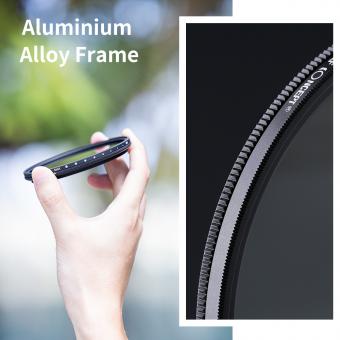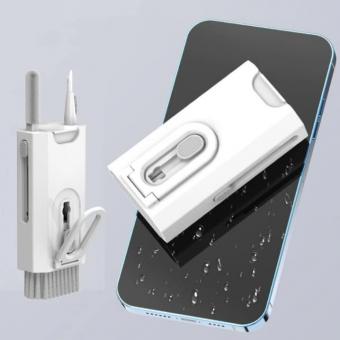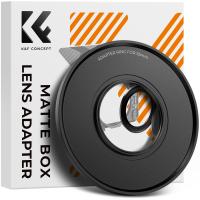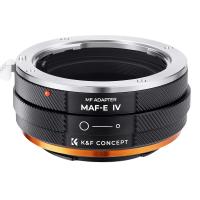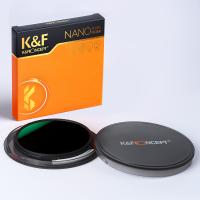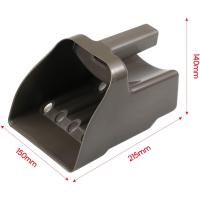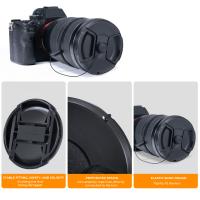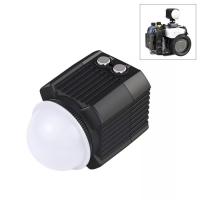How To Make Your Own Slides For Microscope ?
To make your own slides for a microscope, you will need a few basic materials. Start by obtaining a clean glass slide and cover slip. Next, prepare the specimen you want to observe. This can be a thin slice of a plant or animal tissue, a drop of liquid containing microorganisms, or any other sample of interest. Place the specimen on the center of the glass slide. If necessary, add a drop of water or a mounting medium to help preserve the specimen. Gently lower the cover slip onto the specimen, taking care to avoid trapping air bubbles. Press down lightly to ensure the cover slip is securely in place. Finally, clean any excess liquid or debris from the slide using a lint-free cloth or tissue. Your homemade slide is now ready to be placed on the microscope stage for observation. Remember to handle the slide carefully to avoid damaging the specimen or the microscope lens.
1、 Choosing the right slide material for microscope observation
Choosing the right slide material for microscope observation is crucial for obtaining accurate and clear results. There are several factors to consider when making your own slides for microscope use.
Firstly, the material of the slide itself is important. Glass slides are the most commonly used material due to their transparency, durability, and ability to withstand high temperatures. They provide excellent clarity and are compatible with most staining techniques. However, glass slides can be expensive and fragile, requiring careful handling.
Alternatively, plastic slides are becoming increasingly popular. They are more affordable, lightweight, and less prone to breakage. Plastic slides are suitable for routine observations but may not provide the same level of clarity as glass slides.
Another consideration is the thickness of the slide. Standard microscope slides are typically 1mm thick, but thinner slides (0.8mm or 0.6mm) are available for specialized applications. Thinner slides allow for better focusing and reduce the risk of distortion.
Additionally, the size of the slide should be considered. The standard size is 75mm x 25mm, but smaller sizes (e.g., 50mm x 20mm) are available for specific purposes. It is important to ensure that the slide fits properly in the microscope stage and coverslip.
Lastly, the surface of the slide should be clean and free from any contaminants. Proper cleaning techniques, such as using a mild detergent and rinsing with distilled water, should be followed to ensure accurate observations.
In conclusion, when making your own slides for microscope observation, it is important to choose the right slide material, consider the thickness and size of the slide, and ensure the surface is clean. Glass slides remain the gold standard, but plastic slides are a viable alternative. The choice ultimately depends on the specific requirements of the observation.
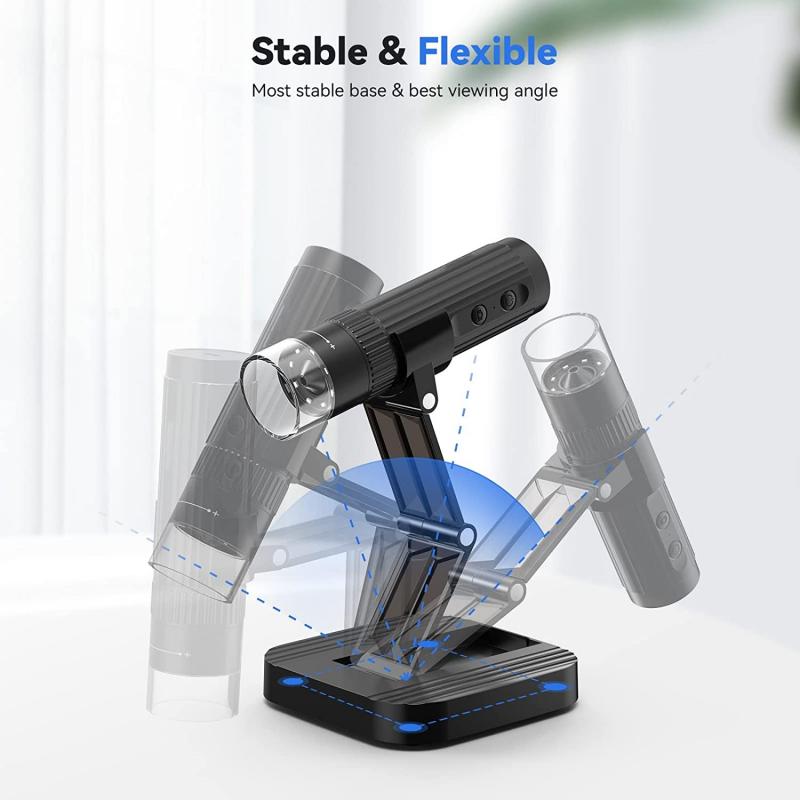
2、 Preparing the slide surface for optimal specimen adhesion
Preparing the slide surface for optimal specimen adhesion is crucial when making your own slides for a microscope. Here is a step-by-step guide on how to achieve this:
1. Clean the slides: Start by cleaning the glass slides thoroughly to remove any dust, dirt, or residue. Use a mild detergent or glass cleaner and rinse with distilled water. Dry the slides with a lint-free cloth or air-dry them.
2. Sterilize the slides: To ensure a sterile surface, you can either autoclave the slides or heat them in a hot air oven at around 160°C for 2 hours. This step is essential to prevent contamination and ensure accurate observations.
3. Apply a suitable adhesive: There are various adhesives available for securing specimens to the slide surface. One commonly used adhesive is a thin layer of adhesive such as poly-L-lysine or gelatin. These adhesives provide a positive charge, aiding in the adhesion of negatively charged specimens.
4. Allow the adhesive to dry: After applying the adhesive, allow it to dry completely. This step is crucial as it ensures that the specimen adheres firmly to the slide surface and prevents any movement during observation.
5. Add the specimen: Once the adhesive is dry, carefully place the specimen onto the slide surface. Ensure that the specimen is evenly distributed and covers the desired area.
6. Cover the specimen: To protect the specimen and prevent it from drying out, place a coverslip over the specimen. Gently lower the coverslip onto the slide, avoiding any air bubbles. Press down gently to ensure a secure seal.
7. Label the slide: Finally, label the slide with relevant information such as the specimen's name, date, and any other necessary details. This step is essential for proper documentation and organization.
It is important to note that the latest point of view emphasizes the use of environmentally friendly adhesives and techniques that minimize the use of harmful chemicals. Additionally, advancements in technology have led to the development of specialized slides with pre-coated surfaces, eliminating the need for adhesive application. These advancements aim to improve the ease and efficiency of slide preparation while maintaining optimal specimen adhesion.

3、 Collecting and preparing the specimen for microscope observation
To make your own slides for microscope observation, you will need to collect and prepare the specimen properly. Here is a step-by-step guide on how to do it:
1. Collecting the specimen: Choose the specimen you want to observe under the microscope. It can be anything from plant parts, animal tissues, or microorganisms. Ensure that the specimen is fresh and in good condition.
2. Preparing the slide: Start by cleaning a glass microscope slide with a lint-free cloth or tissue to remove any dust or debris. This ensures a clear view of the specimen.
3. Mounting the specimen: Place a small drop of water or a mounting medium on the center of the slide. Gently place the specimen on top of the drop, making sure it is evenly spread out. Avoid using too much liquid, as it can cause the specimen to float or move around.
4. Covering the specimen: Carefully place a coverslip over the specimen, starting from one edge and slowly lowering it to avoid trapping air bubbles. Press down gently to ensure the coverslip is in contact with the specimen and the mounting medium.
5. Sealing the slide: To prevent the specimen from drying out or getting contaminated, you can seal the edges of the coverslip with clear nail polish or a commercial sealant. This step is optional but recommended for long-term storage.
It is important to note that the latest point of view in slide preparation involves using advanced techniques such as immunofluorescence staining, which allows for specific labeling of cellular components. Additionally, there are various mounting media available that provide better preservation and visualization of the specimen. It is always recommended to follow the specific instructions provided with the staining or mounting kit for optimal results.

4、 Applying the specimen onto the slide and securing it
To make your own slides for a microscope, you will need a few basic materials and follow a simple process. The first step is to gather the necessary supplies, which include microscope slides, cover slips, a dropper or pipette, a microscope, and the specimen you want to observe.
Once you have all the materials ready, you can start preparing the slide. Begin by cleaning the microscope slide to ensure there are no dust particles or contaminants. Next, take a small amount of the specimen you want to observe and place it onto the center of the slide using a dropper or pipette. Be careful not to use too much specimen, as it may affect the clarity of the observation.
After applying the specimen onto the slide, gently place a cover slip over it. The cover slip should be slightly larger than the specimen to ensure it covers the entire area. To secure the cover slip, you can use a mounting medium or a small amount of water-based adhesive around the edges. This will prevent the specimen from moving or drying out during observation.
It is important to note that the latest point of view in slide preparation emphasizes the need for proper cleaning and handling techniques. Contamination can affect the accuracy of observations, so it is recommended to clean the slides thoroughly and handle them with clean, gloved hands. Additionally, using a mounting medium that matches the refractive index of the specimen can enhance the clarity of the observation.
By following these steps and considering the latest recommendations, you can make your own slides for a microscope and observe specimens with precision and accuracy.















